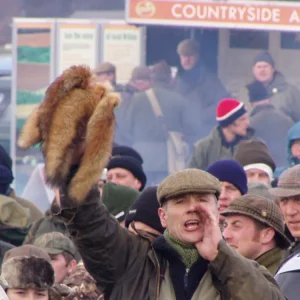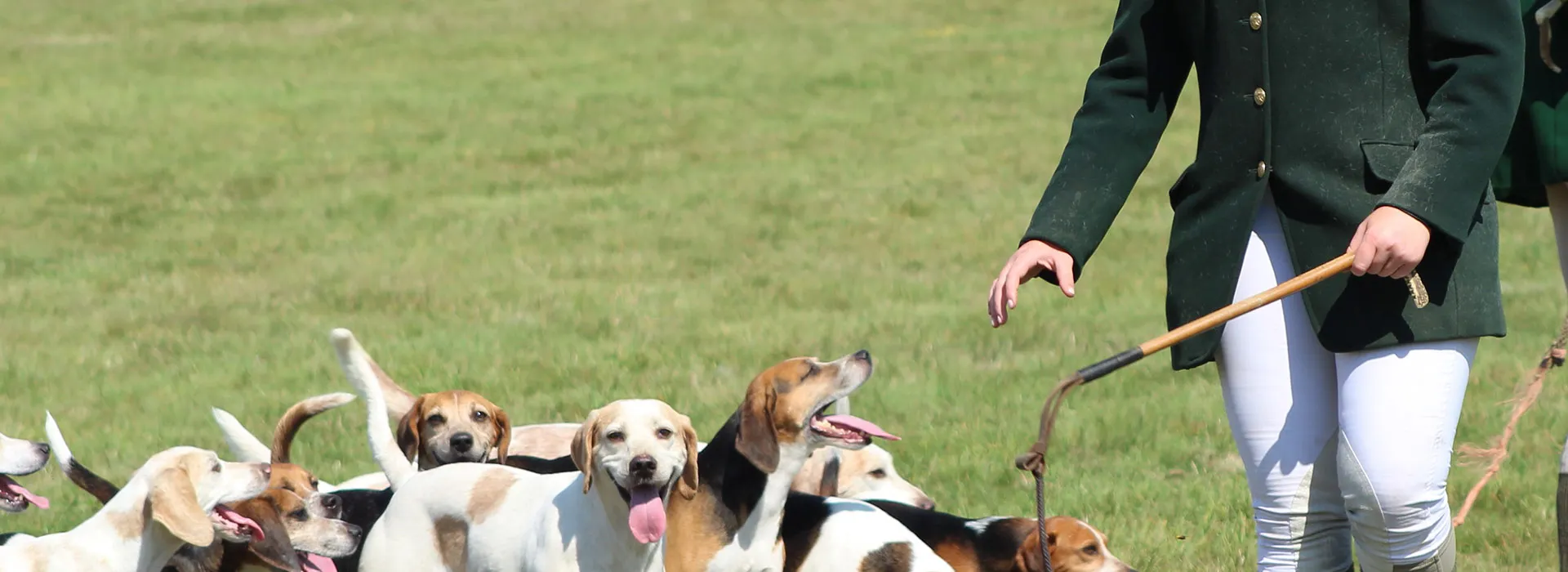Unbelievably the Hunting Act 2004 didn’t outlaw terrier work outright. The exemptions are:
Use of a dog below ground to protect birds for shooting
A dog must not be used below ground for flushing out,unless the following conditions are satisfied.
1. The flushing out must be done to prevent or reduce serious damage to game birds or wild birds kept for the purpose of being shot.
2. The person doing the flushing must have with him written evidence stating either
- that the land belongs to him or
- that he has been given permission to use the land for that purpose by the occupier of the land or,in the case of unoccupied land,the owner of the land.
3. The flushing out must not involve the use of more than one dog below ground at any one time.
4. Reasonable steps must be taken
- to ensure that the animal is flushed out as soon as it is found,and shot by a competent person as soon as it is flushed out.
- to keep the dog under control to ensure that it does not prevent or obstruct the shooting of the animal
- to prevent injury to the dog
The flushing out must also comply with any code of practice which has been issued for this purpose by the Secretary of State. The current code of practice states the following:
The following principles must always be observed when a terrier is used below ground to stalk or flush out a wild mammal:
- The terrier’s role must be to locate the wild mammal underground and cause it to ‘bolt’ (leave the earth or den) as soon as possible so that it can be shot by a competent person and humanely dispatched. It should not be intended that a terrier will fight the wild mammal.
- Only terriers that are ‘soft’ (those that habitually stand off and bark at the wild mammal) must be used. Terriers that are ‘hard ’ (those that habitually fight) must not be used.
- Care must always be taken to ensure the safety of those involved and to minimise the risk of injury to either the wild mammal or terrier during the bolting process.
- The terrier ’s time underground should be kept as short as possible so as to minimise any potential distress to the wild mammal.
- The terrier being used must always be fitted with an electronic locator so that its exact position underground can be tracked.
- Once it is determined that a terrier has become trapped assistance must be given to release it.
The person doing the flushing out commits an offence, if he does not have written evidence stating that the land belongs to him OR he does not have written evidence from the owner or occupier of the land stating that he has permission to use the land for the purpose of flushing out the wild mammal.
Digging out foxes with dogs will now be generally illegal unless the above conditions are satisfied. Persons found digging for badgers with dogs often state in their defence that they are digging for foxes. This defence will now be made more difficult, as they would have to show that they were complying with the above conditions.
It is still not illegal to block fox earths. However any such activity by hunt supporters would now be deeply suspicious as a hunt would have no legitimate reason for doing so.
If flushing out below ground is accompanied by “hound exercise”, then this would amount to unlawful hunting.
The above Hunting Act 2004 information is from a guide produced by Hunt Watch.



